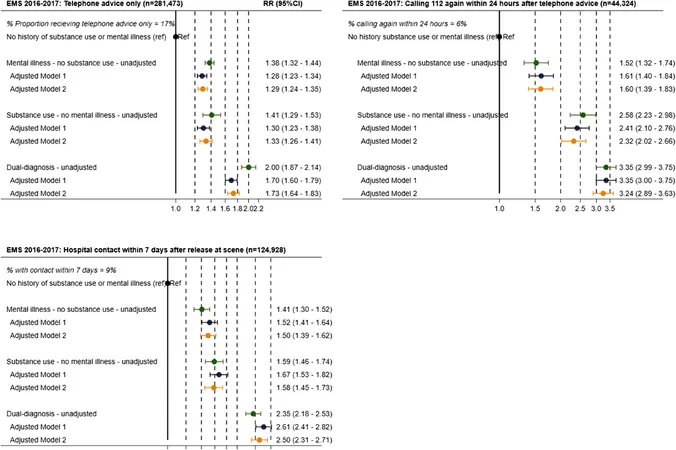
Canadian Dollar Rallies Amid Trade War Turbulence: What You Need to Know!
2025-04-07
Author: Emma
Canadian Dollar Performance
The Canadian dollar (CAD) made gains against its U.S. counterpart on Monday, pulling back from previous declines in the face of a chaotic trading environment on Wall Street. This rise comes on the heels of Canada successfully evading new tariffs on its exports, despite the ongoing global trade war that continues to escalate.
Trading Statistics
At one point, the loonie traded up 0.1 percent, reaching 1.42 per U.S. dollar, or 70.42 U.S. cents. It fluctuated within a range of 1.4180 to 1.4296 throughout the trading day. Among the Group of 10 currencies, only the safe-haven Swiss franc saw a more significant uptick, while the rest experienced declines.
Expert Insight
"CAD is outperforming its non-USD counterparts primarily because Canada is relatively insulated from the latest round of tariffs," explained Jayati Bharadwaj, a global foreign exchange strategist at TD Securities.
Impact of U.S. Tariffs
Last Wednesday, the U.S. government announced a sweeping 10 percent baseline tariff on all imports. This move targeted some of America’s biggest trading partners, raising tensions in international markets. However, goods imported from Canada and Mexico that align with the U.S.-Mexico-Canada Agreement (USMCA) — with the exception of auto exports, steel, and aluminum — are largely exempt from these tariffs.
Ongoing Trade Tensions
In the backdrop of this, U.S. President Donald Trump threatened a staggering 50 percent tariff on Chinese products unless Beijing retracts its own retaliatory tariffs. This continued brinkmanship has created significant volatility in major stock indexes, causing widespread concern among investors.
Oil Market Pressure
As a key component of Canada’s economy, the oil market also felt the pressure, with prices dropping 1.2 percent to $61.26 a barrel. This decrease underscores fears that the trade tensions could potentially trigger a global recession, impacting both production and demand.
Consumer Sentiment
Amid these economic challenges, the Bank of Canada reported that Canadian businesses and consumers now view a recession as increasingly likely in the coming year due to persistent U.S. tariffs and potential retaliation, which contribute to a climate of uncertainty.
Bond Market Reactions
In the bond market, Canadian yields advanced across the board, mirroring shifts in U.S. Treasury yields. The 10-year bond yield rose 13.3 basis points to hit 3.017 percent, continuing its recovery from a nearly two-year low of 2.783 percent reached just days prior.
Investor Sentiment
As we navigate this tumultuous economic landscape, the resilience of the Canadian dollar serves as a vital indicator of investor sentiment in the face of a burgeoning trade war. Keep an eye on developments, as even minor shifts can have significant implications for both the Canadian and U.S. economies!









 Brasil (PT)
Brasil (PT)
 Canada (EN)
Canada (EN)
 Chile (ES)
Chile (ES)
 Česko (CS)
Česko (CS)
 대한민국 (KO)
대한민국 (KO)
 España (ES)
España (ES)
 France (FR)
France (FR)
 Hong Kong (EN)
Hong Kong (EN)
 Italia (IT)
Italia (IT)
 日本 (JA)
日本 (JA)
 Magyarország (HU)
Magyarország (HU)
 Norge (NO)
Norge (NO)
 Polska (PL)
Polska (PL)
 Schweiz (DE)
Schweiz (DE)
 Singapore (EN)
Singapore (EN)
 Sverige (SV)
Sverige (SV)
 Suomi (FI)
Suomi (FI)
 Türkiye (TR)
Türkiye (TR)
 الإمارات العربية المتحدة (AR)
الإمارات العربية المتحدة (AR)